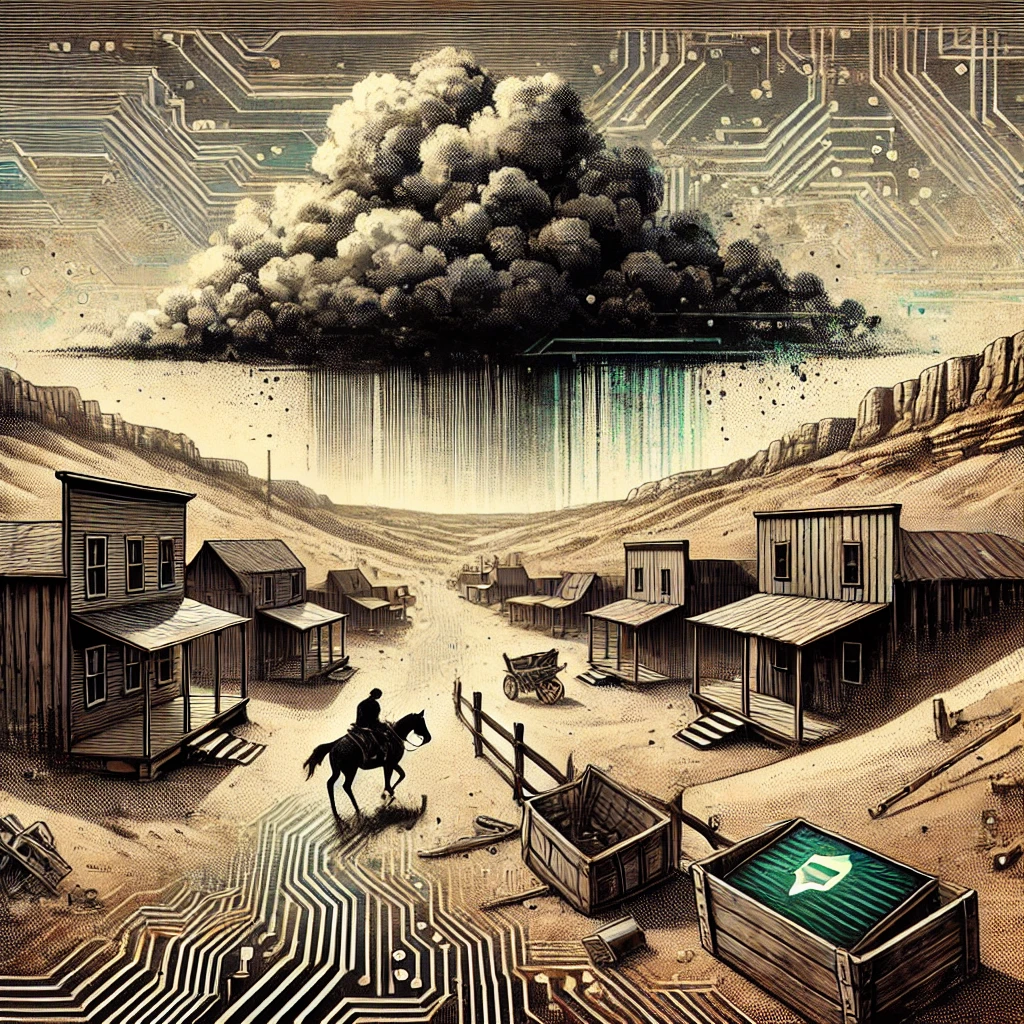Being out of work and looking for new opportunities means interviews. A common thread that comes up is arm waving. “There are 25 million developers out there, we want you to make them use our product/api/service”. Coupled with this idea is the expectation that if only they could get the offering in front of a developer if only that developer would try it, then all would be well and money would pour in.
My usual response – not so bluntly put is “What’s in it for them?” What motivation do these 25, 26, 27 million developers have to invest their lifespan, and their career in your tech? What would excite and enthuse them enough to want to have your tech on their CV?
For some reason, it seems that tech companies are often blind to technology adoption cycles – or at least placing themselves on the adoption curve incorrectly.
I like analogies, they help get ideas across without too much cognitive overload. Given this technology curve blind spot, I’m going to explore a more human analogy and then draw some conclusions.
How the West Was Won
Firstly it’s important to acknowledge that the settlement of the USA in the 19th Century was both a period of expansion that shaped a nation and a time of profound injustice and suffering for Native American communities.
Secondly, it wasn’t the only time this happened. Mass influx of settlers have occurred multiple times throughout human history – for instance…
Australian Colonization (late 18th to 19th century): Similar to the American West, Australia saw waves of settlers, gold rushes, and the challenges of adapting to a harsh environment.
South African Diamond and Gold Rushes (late 19th century): The discovery of diamonds and gold led to rapid settlement and development, much like the California Gold Rush.
Canadian West Settlement (19th century): Parallels the US westward expansion, with similar challenges and patterns of development.
Brazilian Bandeirantes (16th to 18th centuries): Explorers and fortune hunters who pushed into the interior of Brazil, often in search of gold and other resources.
New Zealand Colonization (19th century): Similar to Australia, but on a smaller scale, with waves of European settlement.
The Opening of Japan’s Hokkaido (19th century): The northernmost main island of Japan was settled and developed relatively late, with government encouragement.
Common patterns of behavior
What I want to show is the parallels between how these explorations, settlements, and plain old theft took place and how modern technology adoption occurs. Both are examples of how humans are motivated to change. Although personal migration was a much higher personal risk for the participants than a developer deciding to use new tech, the parallels remain.
Risk/reward evaluations happen and either people change – or they don’t.
Hype Cycle – Wild West Style
For the remainder of this post, I’ll only use examples from the US expansion to keep things clear.
Early Adoption and Exploration

- Technology: In the tech world, early adopters are the first to embrace new technology, often before it’s fully proven or widely accepted.
- Settlement: In the context of U.S. settlement, the “early adopters” were the pioneers and frontiersmen. They ventured into unknown or less developed territories, such as the Ohio River Valley, the Louisiana Purchase, and later, the far West (California, Oregon, etc.).
Trough of Disillusionment
- Technology: This stage happens when the initial excitement wanes, and the reality of challenges, limitations, and failures becomes apparent, leading to a “trough of disillusionment.”
- Settlement: In U.S. history, the trough of disillusionment can be seen in the hardships settlers faced—harsh weather, difficult terrain, conflicts with Native Americans, and economic difficulties like the Panic of 1837. Many early settlements failed, and the dream of easy prosperity was often crushed by the brutal realities of frontier life.

Slope of Enlightenment

- Technology: Gradually, as the technology matures, its practical applications become clearer, and it is steadily improved. More people adopt it as the “hype” becomes more realistic.
- Settlement: In U.S. settlement, this phase is similar to the establishment of more stable and successful communities. Infrastructure improvements (like railroads) made travel easier and connected isolated communities, agricultural techniques improved, and some settlements began to prosper.
Plateau of Productivity
- Technology: Finally, the technology reaches the “plateau of productivity,” where it is widely adopted, and its benefits are fully realized.
- Settlement: For the U.S., this corresponds to the later 1800s, when many parts of the country were fully settled, and states were formally established. The West became more integrated into the country, with the development of cities, industries, and a more connected national economy.

Summary
Motivations
The US pioneers were often motivated by the promise of land, freedom, or wealth (e.g., the Gold Rush). Easy wins for those early adopters but at much higher personal risk. Without the right skills and support from others, it could easily end in tragedy. In the tech space, early adopters probably won’t die but they run the risk of spending their own time and money on learning a technology that fails. Unless they’ve got backers or really can afford to lose, the risks are usually too high. You’ll note that in both the technology and pioneering examples it’s those with less to lose and minimal prospects of changing their status quo who jump first.
Mitigations
What significantly mitigated the general concerns was seeing that others were being (to some extent) successful. In the US there were many players who needed the early adoption to occur.
Their approach was an early example of a classic technique: major marketing campaigns of the opportunities, promotion of success stories (those plucky pioneers who struck gold), and a focused attempt to mitigate all the real and perceived risks and obstacles that the gold seekers were concerned about. They distributed maps, printed promotional materials, and helped organize the logistics of travel and settlement. In fact a whole support ecosystem was created to ease the settlement process.
Ecosystems
In almost every case the focus was on lowering the real barriers to adoption not just the perceived ones. Nascent travel agencies bundled transportation, supplies, and guidance into affordable “emigrant packages”, new land speculation companies helped settlers acquire cheap, often unclaimed, land through government programs like the Homestead Act, shipping companies offered discounted passage fares on steamships and trains to the West. Everyone involved in the process of getting the settlers where they needed to be, made it easier, more convenient, and less risky. Yes, they made money off this but the ecosystem that was created helped everyone involved.
Conclusions
I think it’s clear that history shows that humans react the same way given the same situation. Although tech adoption is less personally risky than seeking your fortune in foreign fields it’s still – for the individual – a significant journey to undertake.
For those organizations who want their new tech to be adopted take a look at history and plan accordingly. Understand that the human being you want to use/buy/promote your product has to be highly motivated and there must be a promise of compensation.
Beyond that, you must have a way to grow an inclusive ecosystem. You might join one or create one but the more third parties there are involved the better. This adds legitimacy to your POV, demonstrates that others find your wares compelling and (if you do it right) builds excitement and most importantly sense of future prosperity.
You still need Developer Relations
Doing the research for this article has been fun. I’ve learned more than I ever expected. I didn’t set out to make a case for DevRel, I wanted to just try to get people to take a step back when thinking about engaging with developers. However, it turns out that the historic version of DevRel does exist. I referenced that maps and guides were distributed. Well, it turns out that there was a whole sub-industry in keeping the pioneers informed.
Guidebooks, pamphlets, and even travel agencies provided detailed information about the opportunities and challenges of frontier life. Experienced settlers or “old hands” were sometimes hired as guides to lead wagon trains and provide advice. These “old hands” taught new settlers, mapped the way for the inexperienced and some even became lecturers and guides.
So I say thank you to Jedediah Smith (1799-1831), Kit Carson (1809-1868), Jim Bridger (1804-1881), Calamity Jane (Martha Jane Canary, 1852-1903), John “Grizzly” Adams (1812-1860) for pioneering ‘real’ DevRel and showing that being older means more experience – not just grey hair.
(all images generated by AI)




